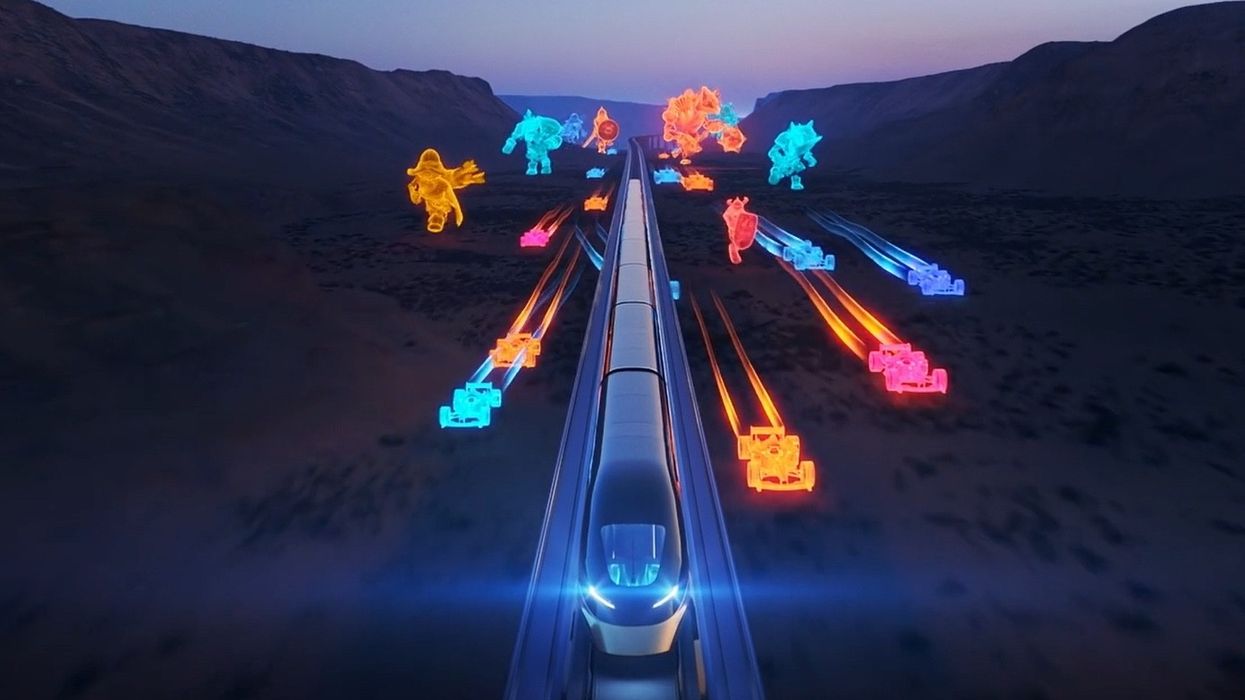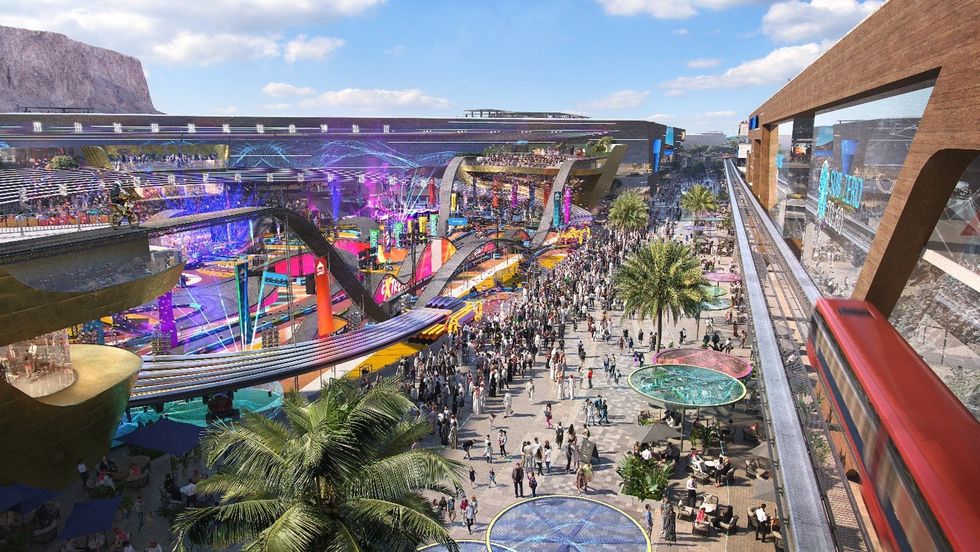Habo, a strategic planning and market/consumer intelligence studio, has defined immersive experiences following five years of research and market analysis.
According to Habo, in 2019, the immersive location-based entertainment (LBE) sector was worth nearly $5 billion. Its growth continued in 2022 post-pandemic.
The immersive LBE industry is diverse, says Habo, and therefore difficult to define. Despite a few market leaders, the sector mostly consists of smaller operators running attractions such as escape rooms, outdoor walkthrough attractions, arcade games, pop-up experiences, or interactive artainment venues.
" Immersive experiences are a segment of location-based entertainment and take place in a dedicated location outside the home," says Habo.
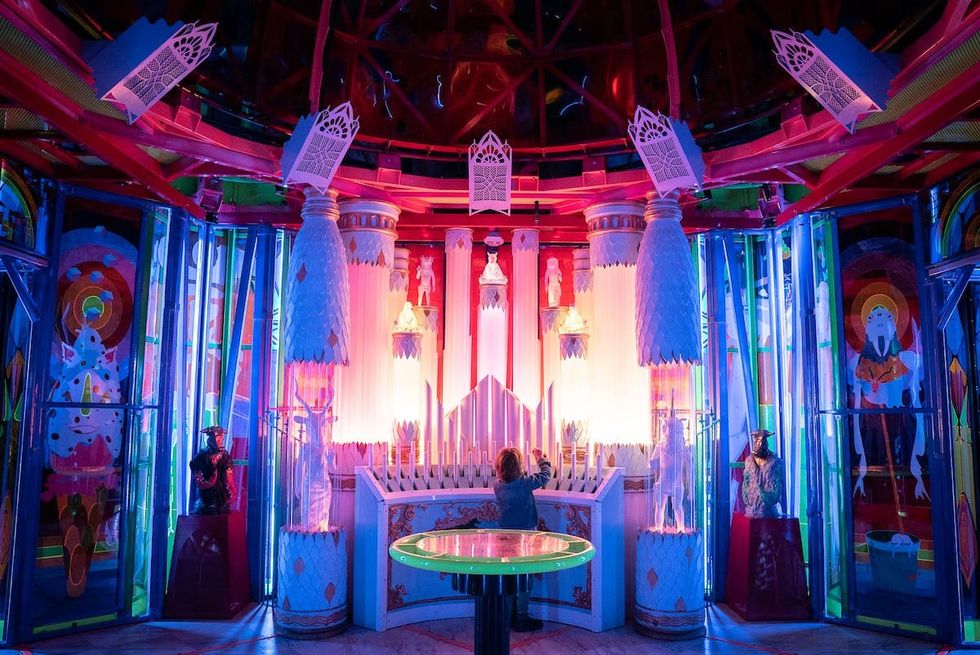
"They differ from conventional LBE in that they are highly engaging, allowing participants to immerse themselves in the content until they are fully absorbed by it.
"Ultimately, participants enter a flow state in which they lose track of time and self as their attention focuses entirely on the activity that is underway."
Habo has analysed immersive global experiences using two axes – technology and participation. This allows the studio to understand market dynamics and gain a better understanding of the competitive landscape.
The former categorises experiences according to how much technology is used, and how advanced the technology is. The latter categorises each experience according to the visitor's level of involvement.
Immersive LBE experiences fall along a spectrum on each axis, as pictured below:
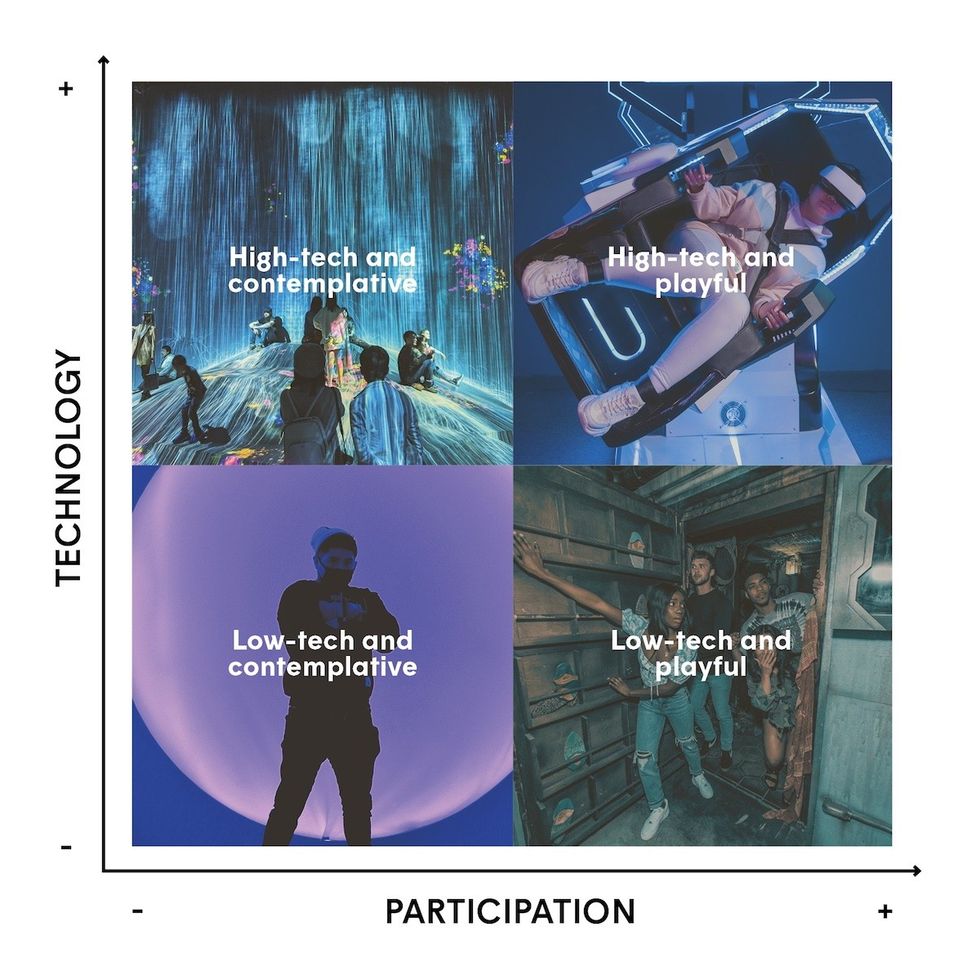
Habo has divided immersive experiences into eight categories according to various levels of technology and interactivity, as pictured and described below:
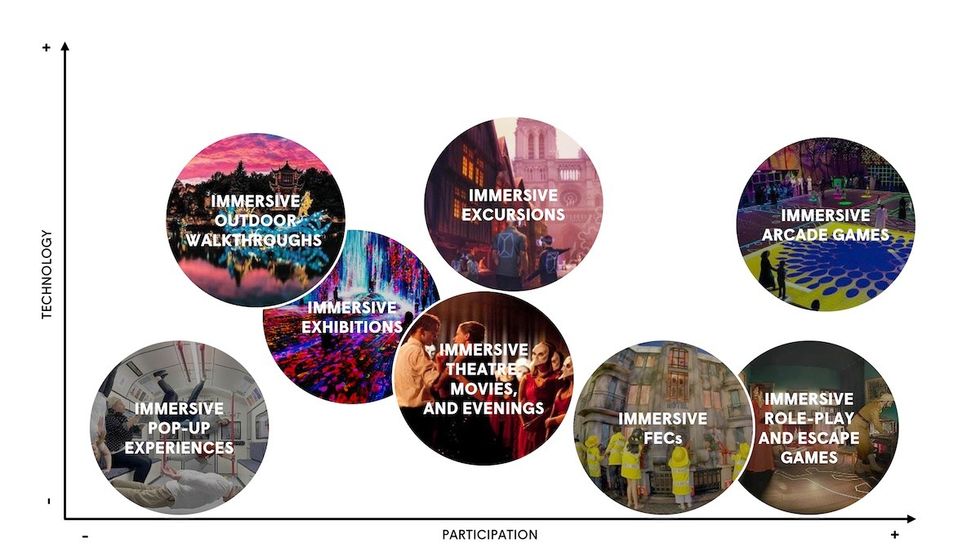
Immersive arcade games
Arcade games use tools such as virtual reality (VR), augmented reality (AR) and projection technology, with players interacting with virtual environments and enjoying multi-sensory experiences. Examples include Immersive Gamebox and Zero Latency VR.
Immersive role-play and escape games
Life-size role-play and escape games immerse players in recreated settings where they can solve problems and hunt for clues. The Tomb Raider: The Live Experience in London and The Escape Game are good examples of this type of game.
Immersive family entertainment centres (FECs)
FECs offer bright and engaging settings, exciting visuals and activities, realistic characters and interactive elements to encourage the whole family to play, such as at KidZania, Lego Discovery Centers and CAMP: A Family Experience Company.
Immersive theatre, movies, and evenings
These events can include characters played by actors, realistic story-driven sets, and sound and light effects. Guests may influence the way the story unfolds. Popular examples include The Queen's Ball: A Bridgerton Experience, Secret Cinema and Sleep No More.
Immersive excursions
These attractions use VR, AR and projection technologies to create a unique world – whether it's another country, another time period, or a fictional place. Meow Wolf, the House of Eternal Return and Éternelle Notre-Dame are examples of immersive excursions.
Immersive outdoor walkthroughs
Outdoor walkthroughs, like the Harry Potter: A Forbidden Forest and Onwha' Lumina walkthroughs, can be a solo or group activity. They often include spectacular stops featuring multimedia projections, light shows and music to create a fully immersive experience.
Immersive exhibitions
Using multimedia technology such as projections and sound, these exhibitions put visitors in immersive environments. Visitors may stay in one place or wander around and experience a realistic setting including sound effects and projections. There are many examples of these exhibitions such as the Immersive Van Gogh, Jurassic World: The Exhibition and teamLab.
Pop-up immersive experiences
These social media pop-up attractions are home to pop art, retro environments and unique installations. Visitors are encouraged to take pictures and videos to share on social media as well as touch and admire the experience. Examples include SENSAS, 29Rooms and the Museum of Ice Cream.
Understanding audiences and the market
According to Habo, in order to create a successful attraction, owners and operators should not only draw inspiration from other thriving attractions but also gain a deep understanding of their audience and the market.
A study conducted by Habo showed that there is a widespread enthusiasm for immersive experiences. 67% of entertainment consumers say they are interested or very interested in immersive experiences. However, 9% of entertainment consumers say they are very familiar with the immersive experiences available in their area.
These findings highlight the importance of comprehending your audience and implementing effective strategies to raise awareness, especially considering the substantial investment and time required to develop an attraction.
In 2023, Habo’s definition was updated as part of a study mandated by XN Québec to explore the commercial potential of immersive experiences in key Western markets.
Lead image credit: teamLab
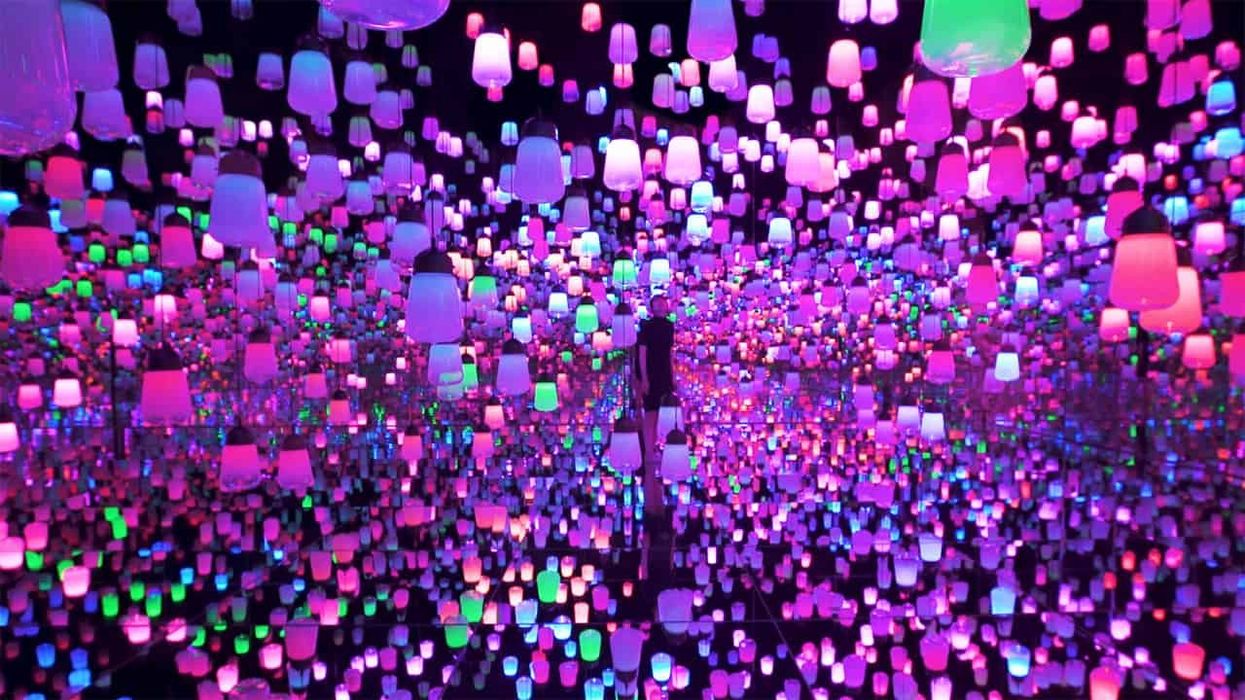

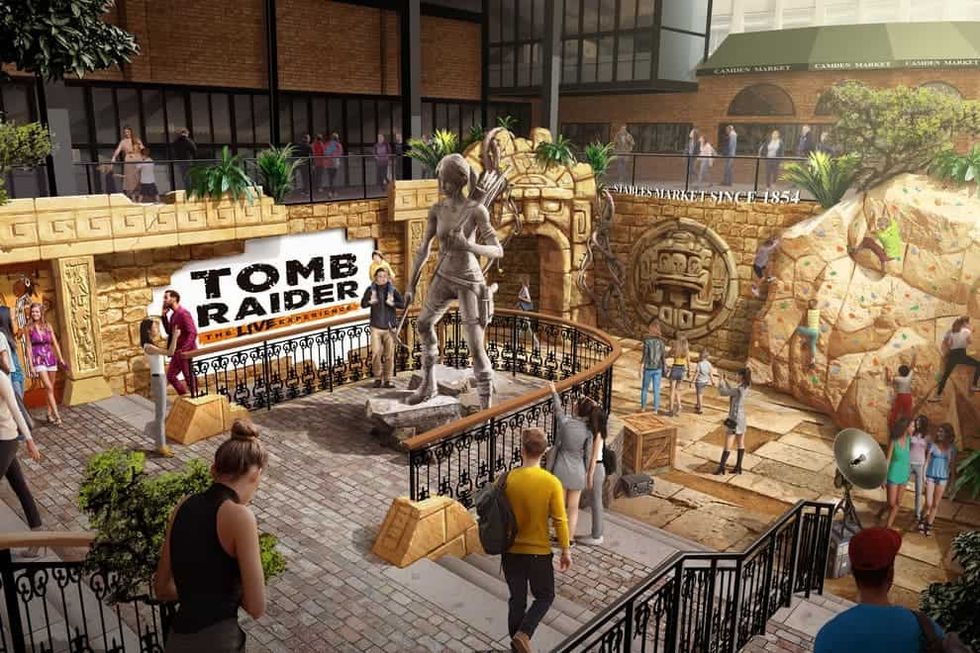
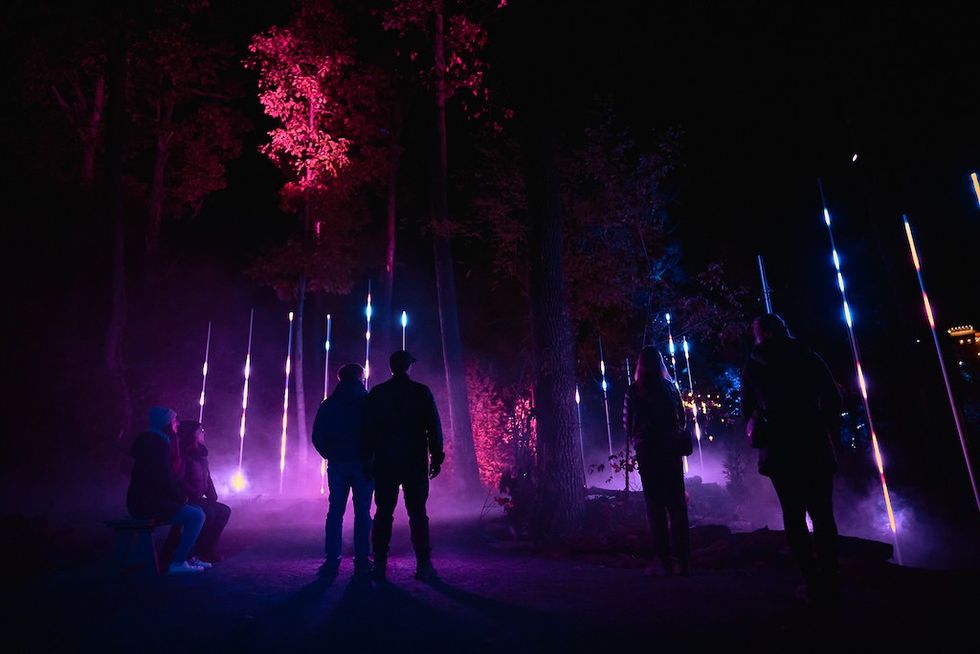

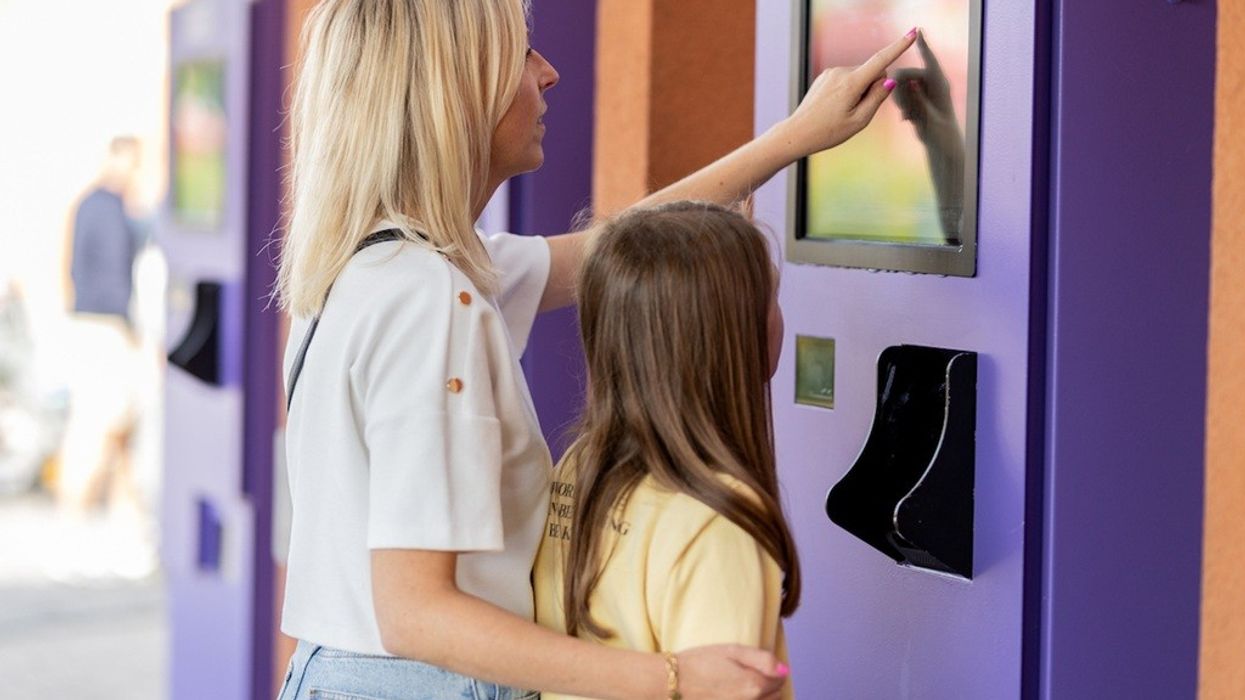
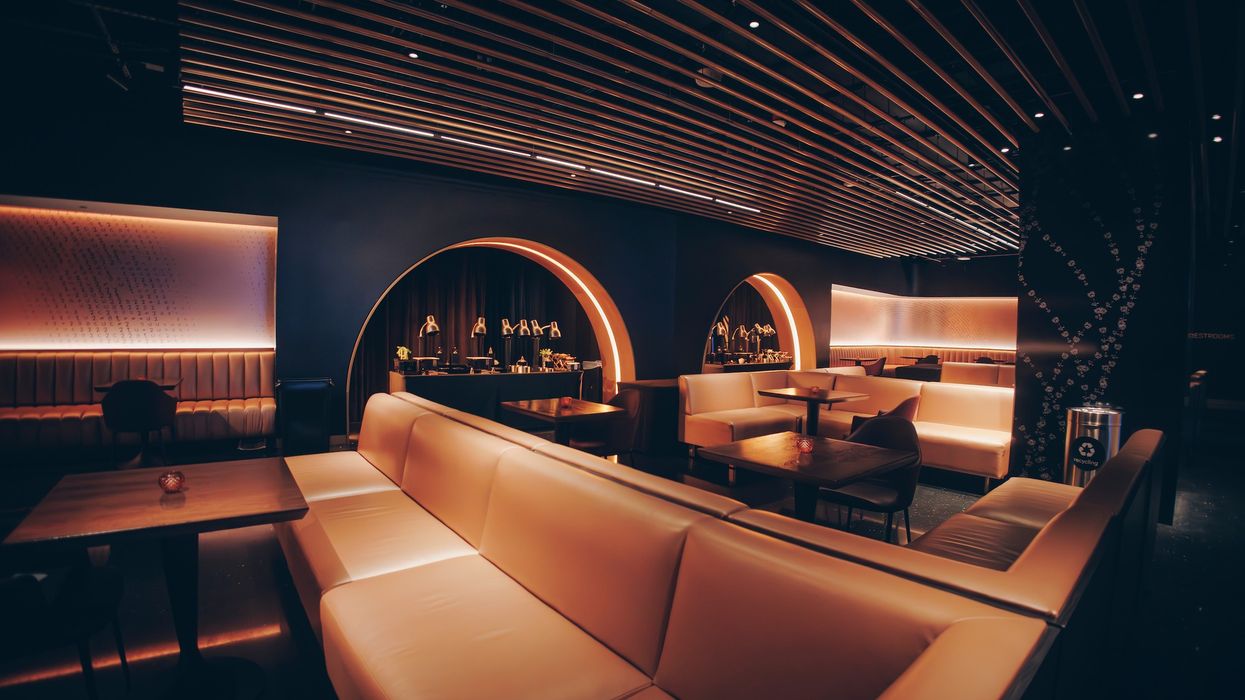
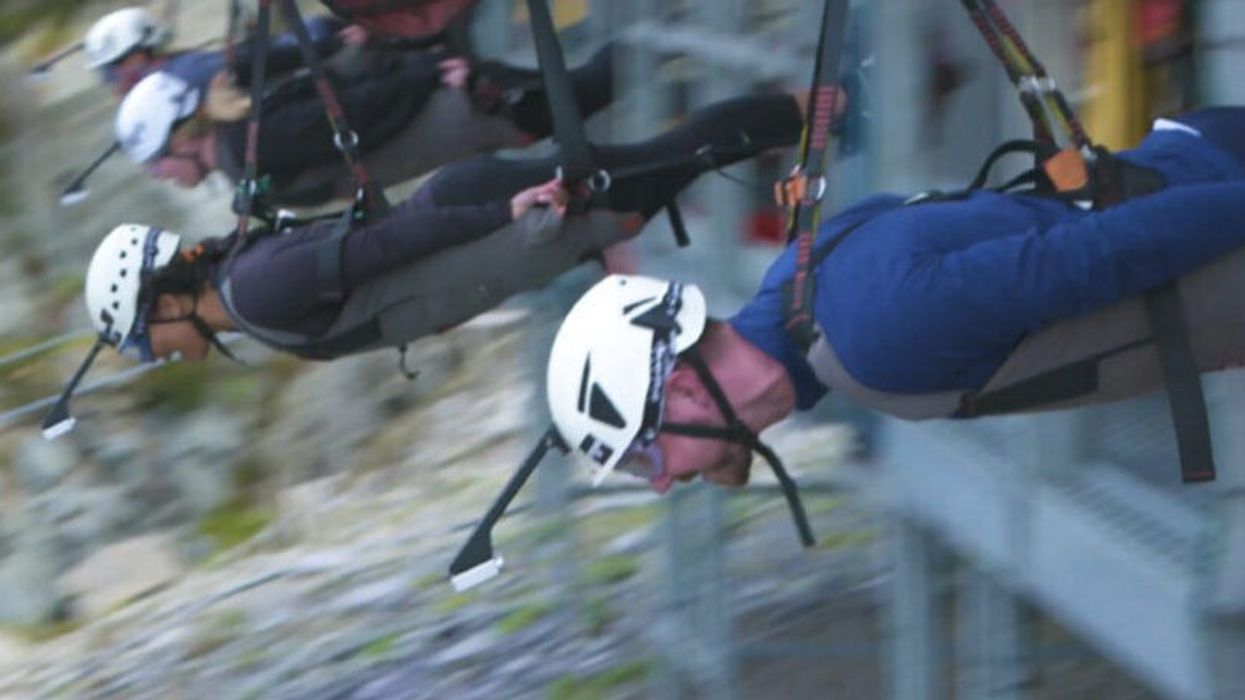
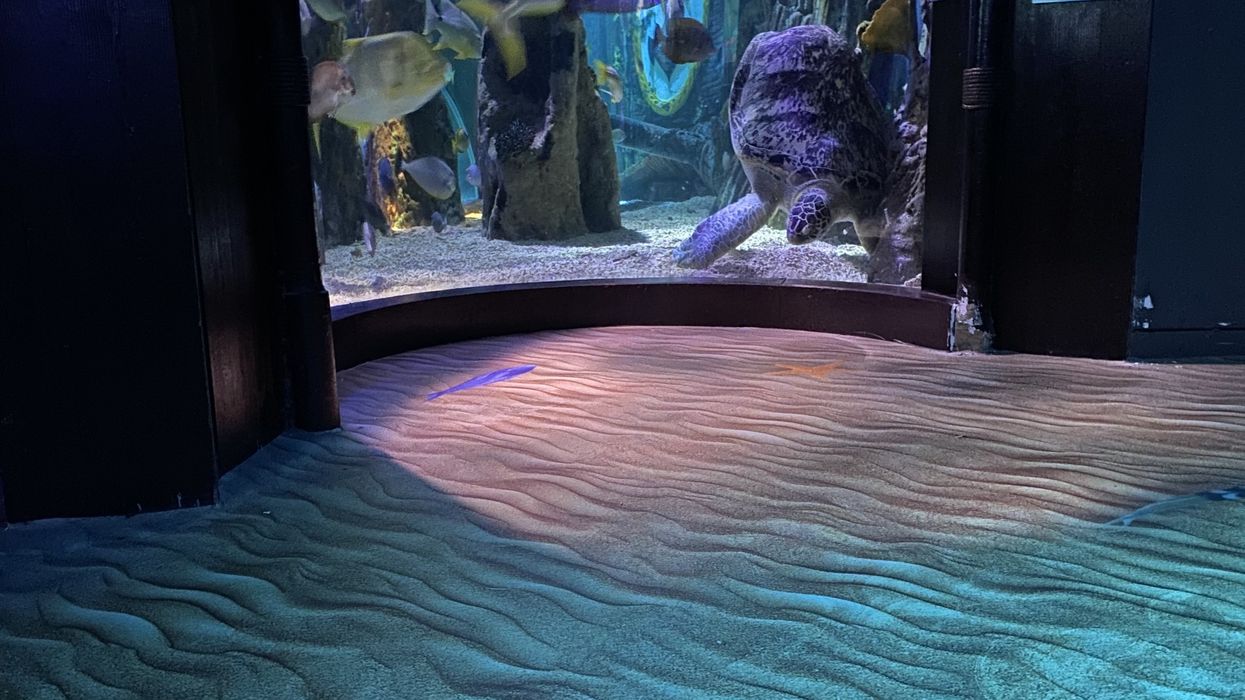
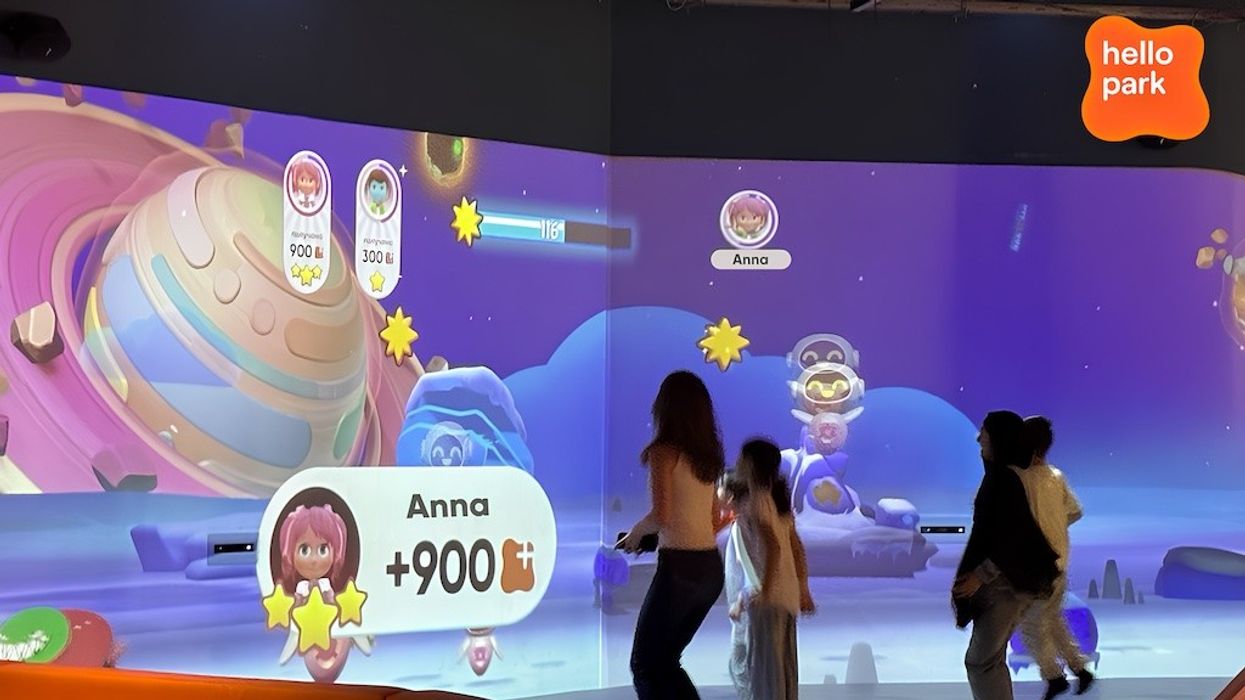



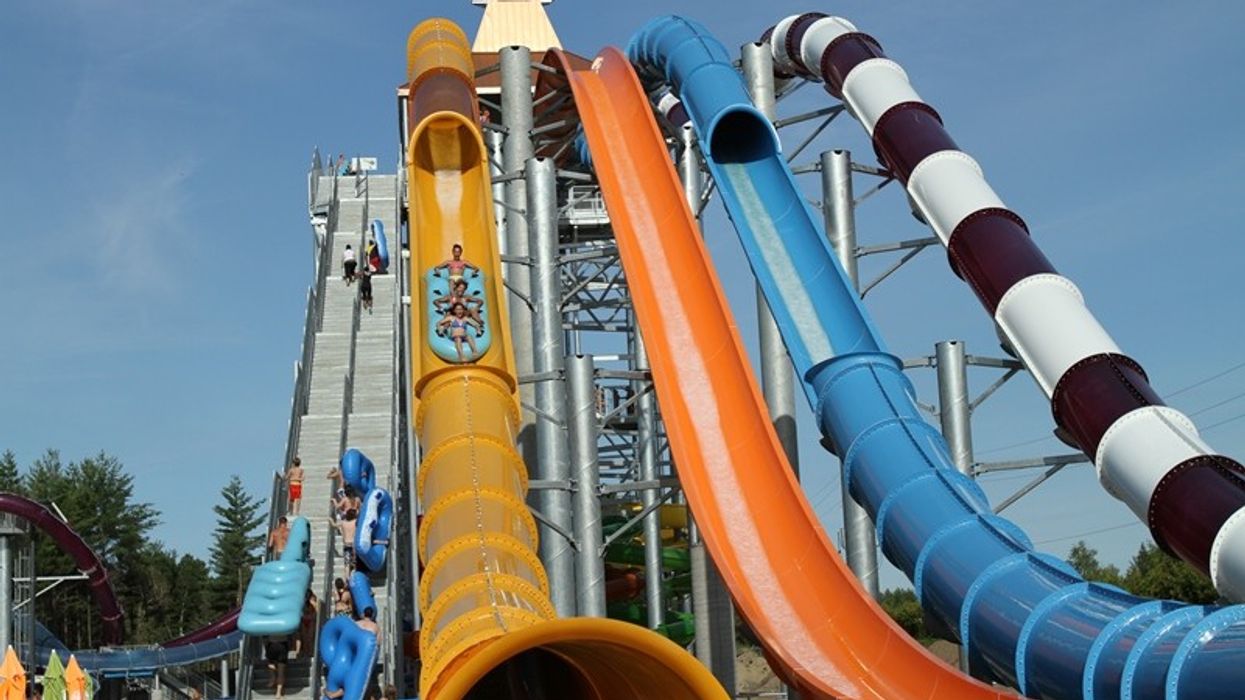


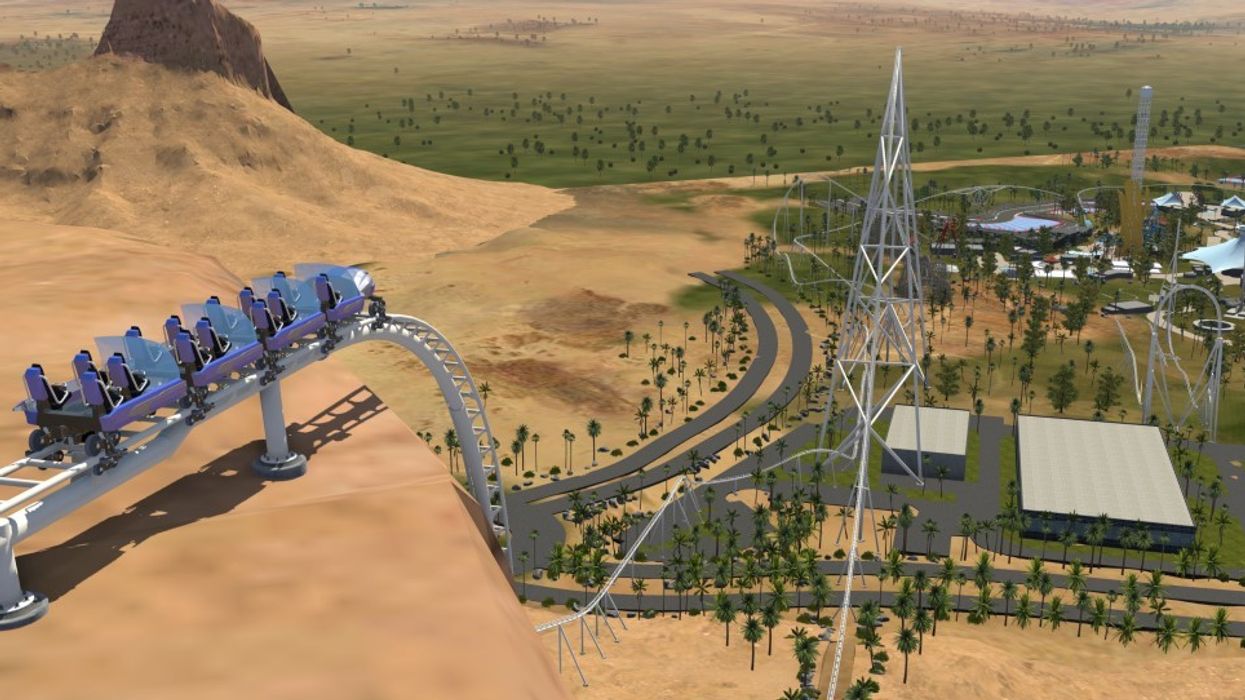
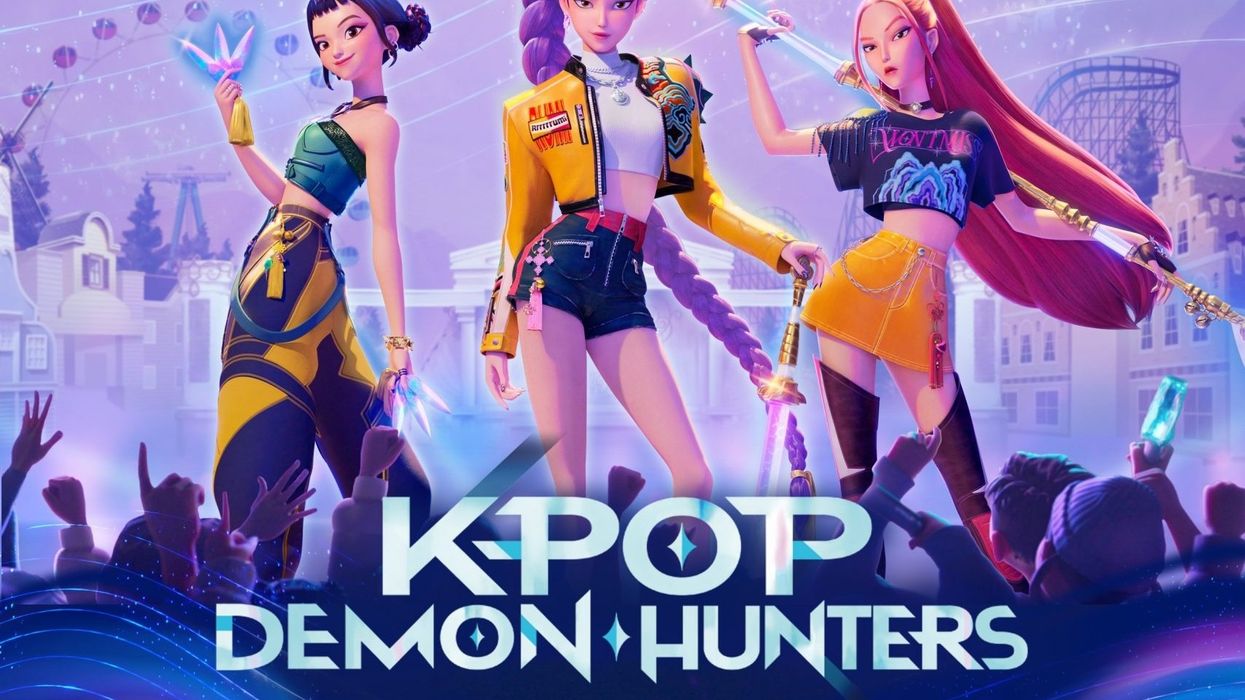
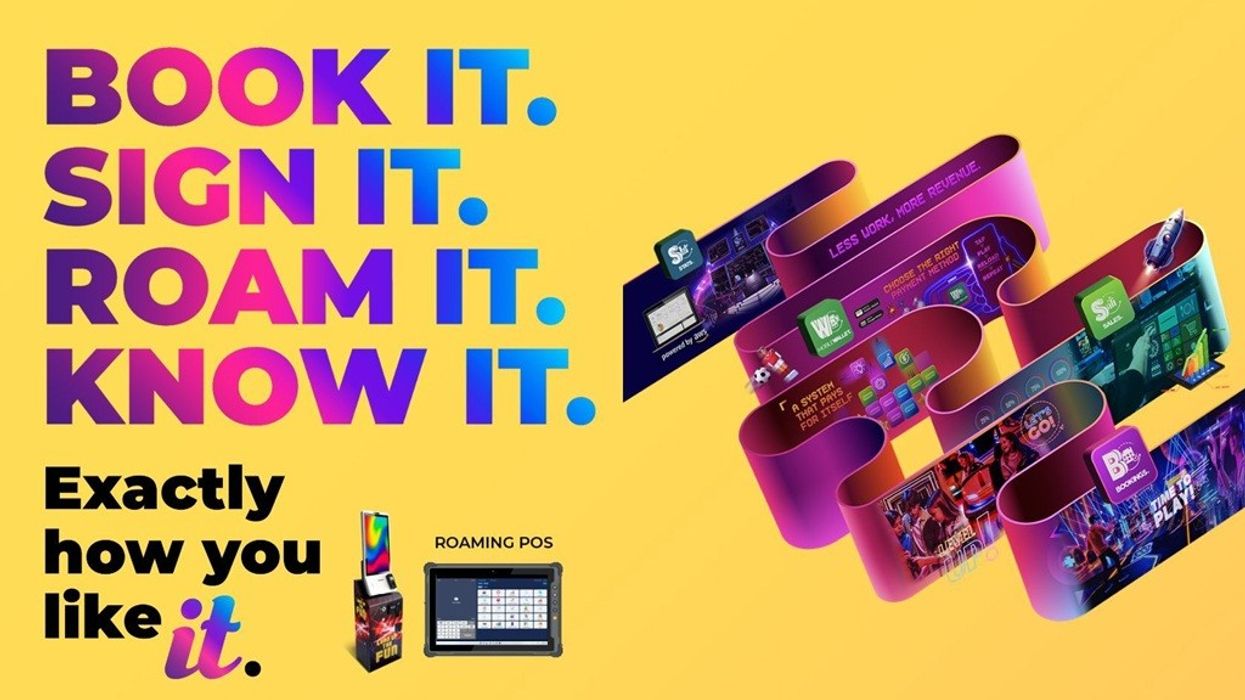

 Jade Craig
Jade Craig